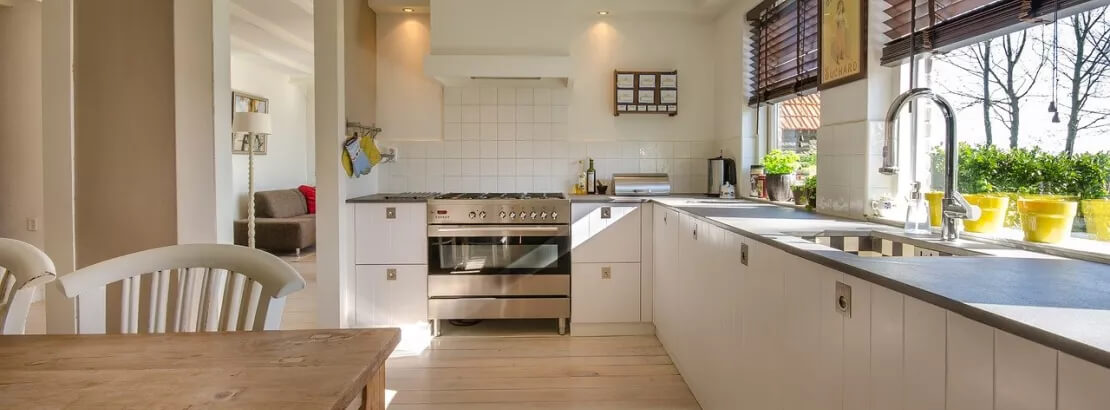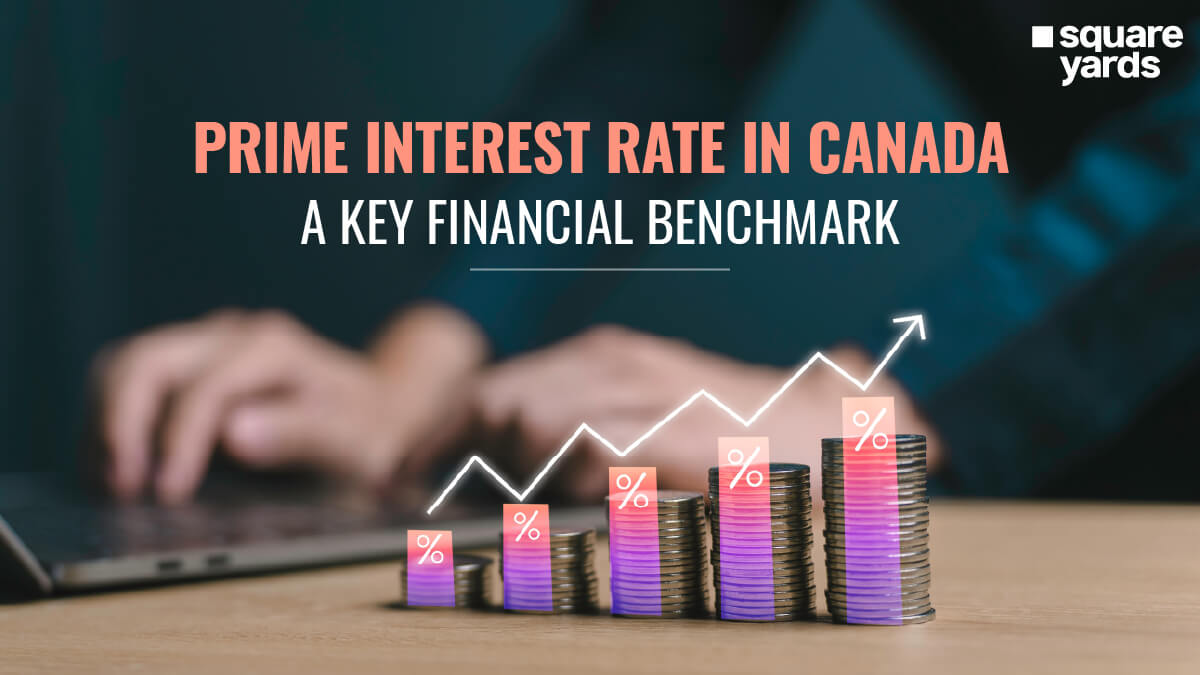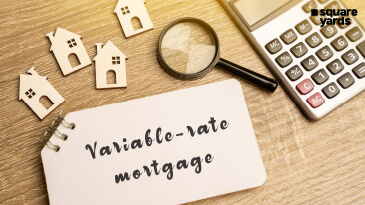We all recognise the importance of home insurance in protecting our property and possessions from risks like fire, flood, and theft. But what happens if your home is vacant? The need for insurance remains crucial. Whether your home is empty because you have not moved in yet, it’s an inherited property you plan to sell, or a rental between tenants, protecting it with insurance is essential. Standard home insurance may not suffice in these cases, and vacant home insurance becomes necessary to cover the unique risks associated with an unoccupied property.
This blog provides an in-depth look at vacant home insurance, its significance, coverage options, and ways to secure appropriate protection for your unoccupied property.
Understanding Vacant Home Insurance

Vacant Home Insurance is an insurance that covers unoccupied properties. Unlike standard home insurance, which covers regularly monitored occupied homes with active utilities such as electricity and water, vacant home insurance addresses the unique risks associated with unoccupied properties. The risks associated with vacant properties are higher because empty homes are more likely to experience issues like break-ins, vandalism, and other damages going unnoticed for extended periods. Regular insurance doesn’t usually cover these risks, so vacant home insurance is essential to protect unoccupied property.
Coverage Options in Vacant Property Insurance
The cost of vacant property insurance is usually higher than standard home insurance because an uninhabited home is at a higher risk with no one to look after it. The coverage might be more limited than standard home insurance despite the higher cost. Unoccupied house insurance typically covers basic issues, including:
-
- fire incidents (including those started on purpose or by accident)
- damage caused by lightning
- damage from hail and strong winds
- damage from falling objects like tree branches.
Exclusions in Vacant Home Insurance
Although vacant home insurance policies are designed to protect unoccupied properties, many important protections are not included in this coverage. With varying options for unoccupied building insurance, a common issue found in these insurances is that it does not cover water damage. For instance, if a pipe bursts and causes water to flood the house, the insurance might not pay for the repairs. This is a major concern in Canada, where winters can be harsh, leading to frozen pipes that can break and cause significant damage. Since water damage and frozen pipes are common issues in vacant homes, many insurance policies require someone to check the property regularly, even if it is unoccupied, to ensure everything is in order. Another issue that may or may not be covered is vandalism.
For instance, if a window is broken during a hailstorm, it is usually covered by insurance. However, if someone intentionally breaks the window, the insurance might not cover it. Each policy is different, so it is important to understand what is included. Some insurers may offer the option to add these protections, so reviewing the policy details is important to understand what is covered and what is not. This ensures that a vacant property is adequately protected against potential risks.
Vacant Property Insurance Costs
Vacant property insurance is around 50% more expensive than standard home insurance. This increase in cost is due to the higher risk associated with insuring an unoccupied property. Empty homes are more vulnerable to vandalism, theft, and unnoticed damage. Because of these risks, insurers charge more to cover vacant properties adequately. The cost of vacant property insurance can vary significantly depending on the provider, and it should be noted that not all insurance companies offer this type of coverage. Some insurers may not offer vacant property insurance as part of their standard offerings, limiting options and requiring shopping around for a suitable policy. It’s important to compare different insurers to find the best coverage and price for a vacant property.
Additionally, factors such as the location of the property, its condition, and the duration it will remain unoccupied can influence the insurance premiums. Understanding these variables and how they impact costs can help select the most appropriate and cost-effective insurance policy for a vacant property.
Vacant vs Unoccupied Homes
Knowing the difference between vacant and unoccupied homes is important for managing insurance coverage and understanding the risks involved. The table below highlights the key differences between these two types of property:
|
Vacant Home |
Unoccupied Home |
|
A vacant home is a property that is not intended for immediate occupancy. |
An unoccupied home is temporarily empty, but the residents plan to return. |
|
There are no current residents in the vacant home, and there are no plans for anyone to occupy the property soon. |
Unoccupied homes have no current residents, but the owners intend to return after a certain period. |
|
A vacant home is considered a higher risk and usually requires special insurance coverage due to the lack of regular oversight and increased vulnerability. |
An unoccupied home may not require a change in its unoccupied building insurance policy as long as certain conditions, like regular checks and maintenance, are met. |
|
Regular checks and maintenance are not required for a vacant home because it is not intended to be occupied soon. |
Unoccupied properties require regular checking, utility maintenance, and upkeep. |
Vacant Home Insurance For Seasonal Properties: Is It Necessary?
Seasonal properties, like summer cottages, are classified as unoccupied rather than vacant, as the owners plan to return. Standard home insurance policies often have a 30-day unoccupied rule, which may not adequately cover these properties. Therefore, vacant home insurance is generally not required for seasonal properties. Vacation property insurance is recommended for proper coverage. This type of insurance considers the property’s location and risks and can be bundled with existing home insurance or purchased separately. Vacation property insurance ensures that seasonal homes are protected when they remain unoccupied.
Vacant Property Insurance For Rentals
Owning an investment property, such as a rental property, may require vacant home insurance when the property is unoccupied for a long time. Standard home insurance often does not cover damages that occur while a rental property is unoccupied. This coverage gap can leave the property owner vulnerable to significant financial risks if the property remains empty. The specific duration that qualifies a property as vacant varies by insurance company, but generally, a property is considered vacant if it remains empty for 30 days or more. During this time, the property is more vulnerable to risks such as vandalism, theft, and unnoticed damage, typically not covered by regular home insurance policies. Therefore, property owners must understand the terms of their insurance and seek appropriate vacant property insurance to ensure comprehensive protection during vacancy periods.
Guide to Securing Vacant Home Insurance
Securing vacant home insurance requires extensive research, as not all insurance providers offer this type of coverage. The first step is to research and identify which insurance companies provide vacant home insurance. Carefully read the terms to understand what is covered and excluded and clarify any uncertainties. Some insurers offer vacancy permits alongside your existing policy, providing a cost-effective way to maintain coverage while your property is unoccupied. In addition to obtaining the right insurance, it’s wise to take extra steps to protect your property. Ensure all doors and windows have secure locks, and consider installing security cameras for added protection. These measures help safeguard your property and may positively impact your insurance rates by reducing the perceived risk of a vacant home.
Key Takeaways
In short, vacant home insurance provides essential protection for properties that are left unoccupied, covering risks that standard home insurance may not cover. Although it costs more due to the higher risks associated with unoccupied properties, securing vacant home insurance ensures that homeowners are not left vulnerable to significant financial losses from damages that could occur during vacancy periods. Whether the property is a rental, a seasonal home, or simply awaiting new occupants, understanding and obtaining the right insurance coverage is key to safeguarding your investment and maintaining peace of mind.
You May Also Read
|
Know The Tax Deductible Mortgage Strategies |
|
|
Guide To Early Mortgage Renewal |
|
|
What is Reverse Mortgage |
|
|
Analyse 3 Year Fixed Mortgage Rates |
Frequently Asked Questions (FAQs)
What is the best house insurance in Canada?
The best house insurance varies by needs, but top providers include TD Insurance, Intact Insurance, and Aviva Canada, which are known for their comprehensive coverage and customer service.
What are the top 5 insurance companies in Canada?
The top five insurance companies in Canada are Intact Insurance, Aviva Canada, TD Insurance, Desjardins Insurance, and RBC Insurance. These companies are recognised for their extensive coverage and reliability.
Does Ontario have an empty home tax?
Yes, cities like Toronto and Ottawa in Ontario have an empty home tax to encourage property owners to rent out vacant homes, helping to reduce housing shortages.
Is home insurance mandatory in Ontario?
Home insurance is not legally required in Ontario, but it is typically necessary for securing a mortgage and highly recommended to protect your property.











